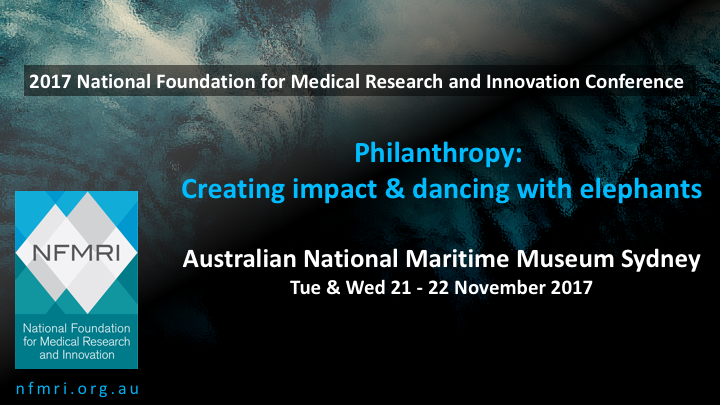Back in the nineties, when the Biotechnology sector was emerging, Signals Magazine published a series of articles “How the Elephants Dance”. This series explored how the biotechnology sector and big pharmaceutical companies interacted together and with each other to bring new medicines, vaccine, diagnostics and devices to market where those in need could access the benefits of years of research.
Almost 20 years later the dance continues, some of the performers have changed, biotechnology has matured and the steps may well be better rehearsed.
Of course, then and today, biotechnology and pharmaceutical companies were not the only ones on the dance floor. In reality there are many other performers, each with their own preferred dance, partners and desire to lead.
Beyond industry other performers on the dance floor include government, investors, philanthropy, researchers and their institutions, as well as communities and individuals in need of better health outcomes.
The dance is mostly unchoreographed; some performers know each other well, others less well and some not at all. There is no single conductor or choreographer to direct the dance or accompaniment. Understanding and working with others on the dance floor can not only create efficiencies and help to create impact, it can also help individual performances shine in a crowded space.
In Australia, the National Health and Medical Research Council (NHMRC) is one of the largest ‘elephants’. It takes up a significant amount of space committing more than $828 million to fund health and medical research projects in 2016. Whilst there is a current review of the NHMRC underway, it should be expected that changes in the way it dances will be slow. Sudden changes in the way this elephant dances could have ramifications across the dance floor.
The NHMRC is not the only government elephant on the dance floor. The evolving Medical Research Future Fund (MRFF) and other initiatives such as the Commonwealth’s $250 million investment in the Biomedical Translation Fund (BTF) will all influence how others dance around them.
From the early days of biotechnology in Australia the sector has matured well. The Scientific American Worldview (A Global Biotechnology Perspective) ranking has for the past few years rated Australia’s biotechnology sector around 4th and numerous scientific breakthroughs are starting to realise their potential through partnerships with venture capital, biotechnology and pharmaceutical companies.
Philanthropy has a significant role to play. Governments can’t fund everything and working out where and how smaller players can dance and influence is important. Good giving not only creates impact, but helps to encourage others to give.
The Australian Charities and Not-for-profits Commission (ACNC) has identified more than 54,000 charities in Australia. The 2015 sector analysis lists 4,234 registered Health charities with a total income of $33.6 billion and almost 357,000 employees. A further 9,492 charities are classified as Education and Research with income of more than $60 billion and 490,000 employees. Current classifications make it difficult to understand how much of this may be for different areas of research or services. Is investigating new targets for cancer therapy classified as Health or Education and Research and does it depend on who is doing it? Similar issues arise when looking at the ATO tax deductible giving figures.
The opportunity and need for the many philanthropic performers on the dance floor to collaborate with each other and the elephants is great. If you don’t know where to start the conversation, or want to learn more, come to NFMRIs conference “Philanthropy: Creating Impact and Dancing with Elephants” in Sydney on November 21/22nd.
This is not a technical and scientific conference but one that helps with strategy and planning, understanding the pathway from research to impact and provides an opportunity to learn from and connect with the different performers on the dance floor.

